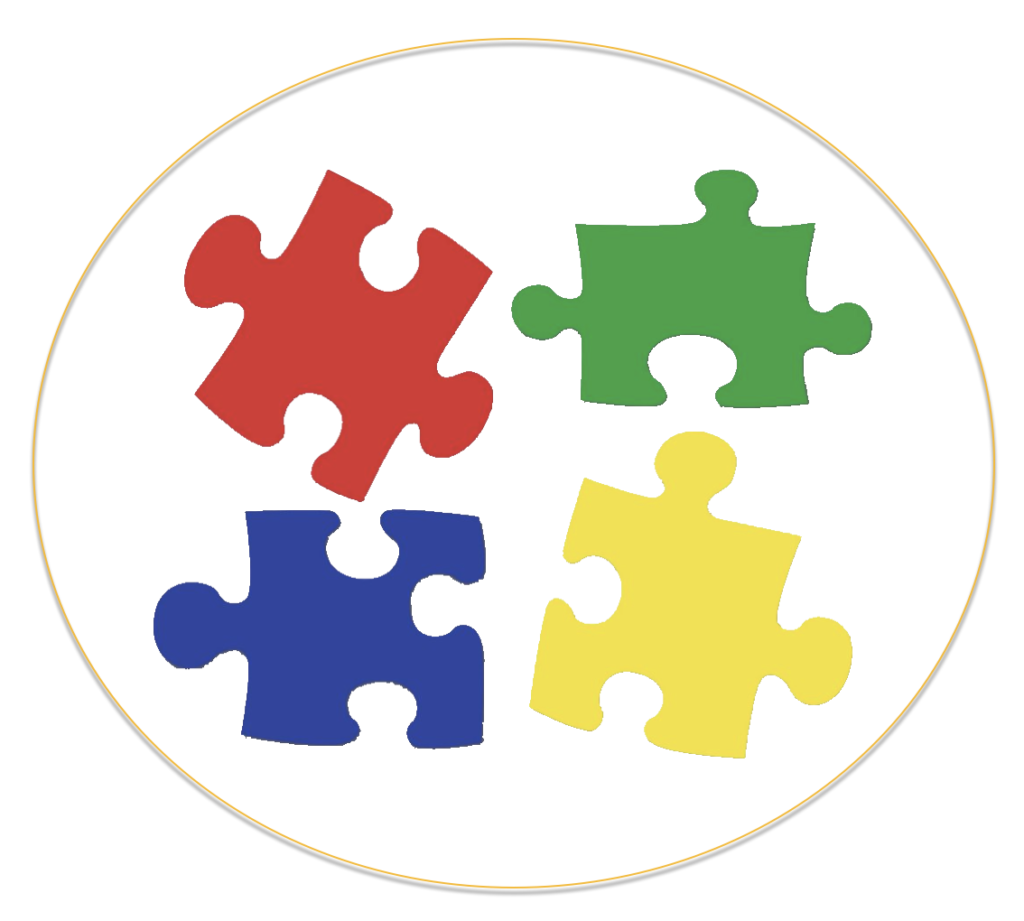
Now that Northeast golf season is over, I spend my spare time assembling puzzles. My wife thinks puzzles are boring, but I enjoy the challenge of putting the pieces together correctly to form a beautiful picture. The challenge of finding the best way to approach possible assembly is very satisfying. The traditional process starts with the edges, assembling clearly defined images, and ultimately piecing together all backgrounds. There are other strategies as well that you figure out along the way to solve the difficult portions of the puzzle, sorting by shape and color shades. To me, it is certainly not boring – the challenge engages me. Some lessons can be learned from puzzle building that can be applied to Career and Technical (CTE) teachers and make instruction consistently engaging for students.
There are parallels between puzzle construction and teaching in general. Education can be described as putting the pieces of the puzzle together. For CTE instructors planning instruction is a puzzle with so many essential technical skills for students to learn and so little time. Students have different abilities and prior experience and need time to develop proficiency. The effort required to retain these technical tasks can seem boring to some, particularly when a student struggles or is even uninterested. Yet, applying skill and problem-solving imparts great satisfaction when completing that beautiful result.
My approach to puzzle construction is engaging, but a linear one could be very dull. A linear path tests one piece against every other 500 pieces, trying to find the correct fit by trial and error. Then testing the same 498 against the next piece and so on. All of this would work to complete the puzzle, but a linear approach would require over a half million tasks – indeed, a tedious task.
When teaching becomes linear, it becomes boring. Linear learning is defining each skill and practicing each at a time with the promise that you will use it later. In some ways, standards-based instruction in the Common Core curriculum encouraged this linear approach. However, even if there are many learning pieces, they do not need to be taught one at a time. CTE, while it has lists of complex skills and knowledge, students are not learning in a rigid linear fashion but focusing on a finished product in acquiring the skills and procedures to complete that product. Therefore, good CTE instruction must resist ever becoming a linear approach to learning even as we embrace more precise standards and required assessments.
Following are three strategies for engaging CTE instruction based on the puzzle metaphor.
Remind students of the finished product. One thing that makes CTE learning so engaging to students is that they have a clear vision of a finished product, such as a lovely, nutritious meal, a hairstyle, and a functional computer network. Puzzle building can become tedious without a vision of the finished product. Frequently examining that finished image helps to reinforce the patient work necessary to complete the puzzle. Likewise, in CTE, students must be continually reminded of the building they are constructing or the animation they are creating. Sometimes applying new skills to reach proficiency is tedious and frustrating, whether it is troubleshooting a computer network or welding a metal frame. Acquiring technical skills takes patience and practice, and “keeping an eye on the prize” helps to ensure perseverance and persistence toward proficiency.
Let students make choices in working toward the finished goal. There are many ways to construct a puzzle, and each person can develop their own strategy. There is still only one way the puzzle pieces fit, But there can be flexibility in how those pieces are constructed. If there was only one way to build a puzzle, such as sequentially trying every piece against one specific piece until the right one is found, it would be a boring routine. In CTE, there is usually a single solution to a finished product, but giving students options along the way to put steps and procedures can make the learning task more engaging and exciting.
Encourage patience with frequent compliments focusing on the positive. For example, building a puzzle with a partner creates opportunities to compliment one another when finding a problematic piece or finishing a portion of an object. These compliments reinforce one another and strengthen the resolve to complete the puzzle. In CTE instruction, the teacher is the constant coach to provide frequent compliments focusing on improvement that can inspire students to develop proficiency in their skills.
Keep this analogy of puzzle building as you continue to assemble your puzzle of engaging each student in high quarry CTE.
